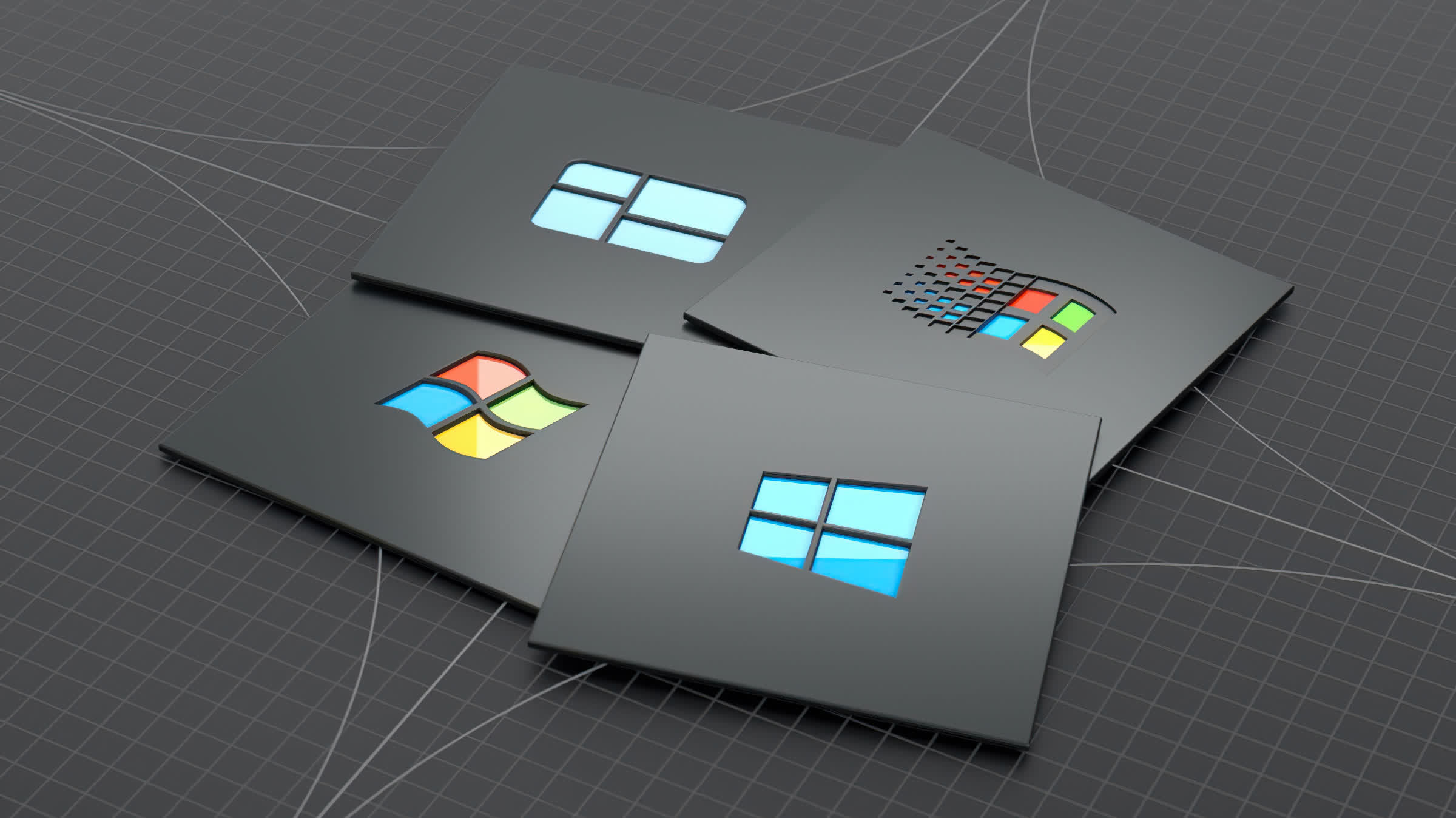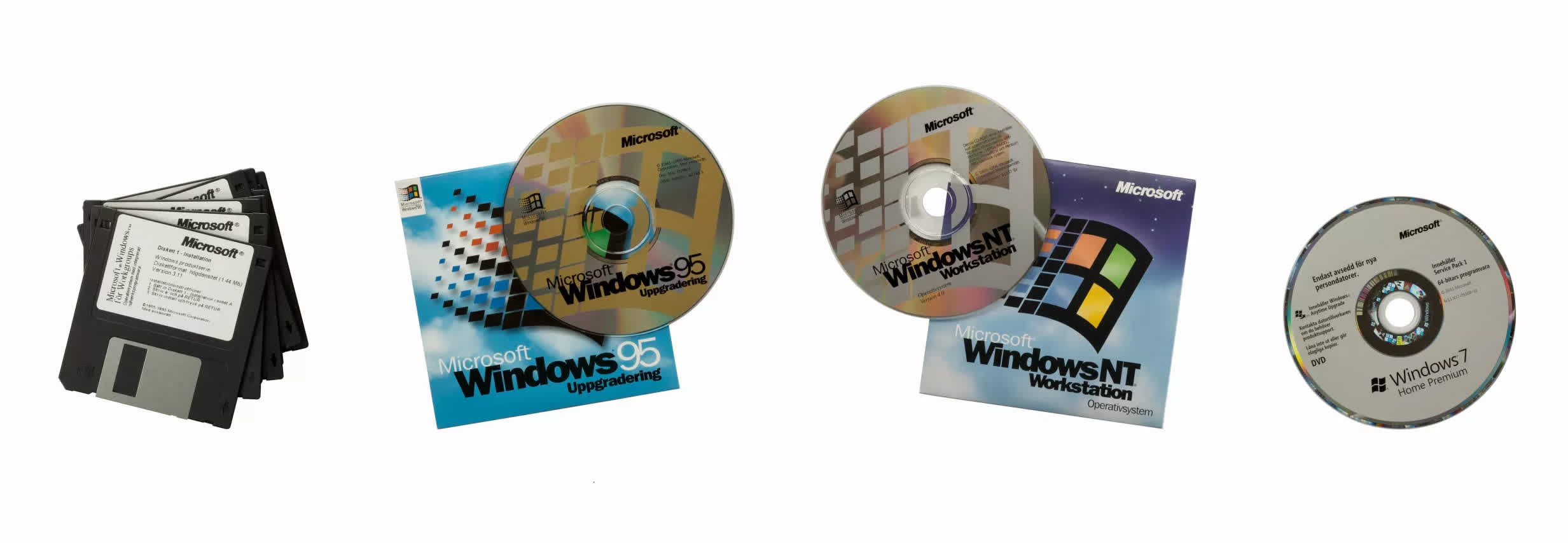Happy birthday! 35 years ago today, Windows 1.0 shipped and marked the first version of the venerable operating system that brought together a GUI and MS-DOS. Windows has certainly changed a lot over the course of 35 years, and today's Windows 10 is all but unrecognizable compared to Windows 1.0. However, for all of the changes the operating system has undergone, every version of Windows can be traced back to Windows 1.0.

Windows 1.0 was spearheaded by Microsoft co-founder Bill Gates, owing inspiration to VisiCorp's Visi On, a short-lived GUI-based OS for IBM computers. Windows 1.0 introduced a graphical user interface atop MS-DOS and brought user friendly icons to Windows, which have since become a mainstay for the operating system. While the reception to Windows 1.0 was lukewarm at best, its importance to the future of the Windows line is indisputable.

Windows 1.0 laid the groundwork for the extremely successful Windows 3.0/3.1x series, as well as the succeeding Windows 95. Windows 1.0 also marked the arrival of components such as the calculator and control panel, which have been in every version of Windows since.
Happy Anniversary Windows 1.0
— Steven Sinofsky (@stevesi) November 20, 2020
Two years after being announced, version 1 shipped on Nov 20, 1985. pic.twitter.com/F4XulYd0Hg
From Windows 1.0 to Windows 10, we've seen the evolution of Windows hallmarks such as the Start button, clickable icons, task bar, and the Start menu, just to name a few. On the 35th anniversary of Windows, let us know what your favorite version is/was.
Image credit: Tommy Alven
https://www.techspot.com/news/87695-today-marks-35-years-windows.html